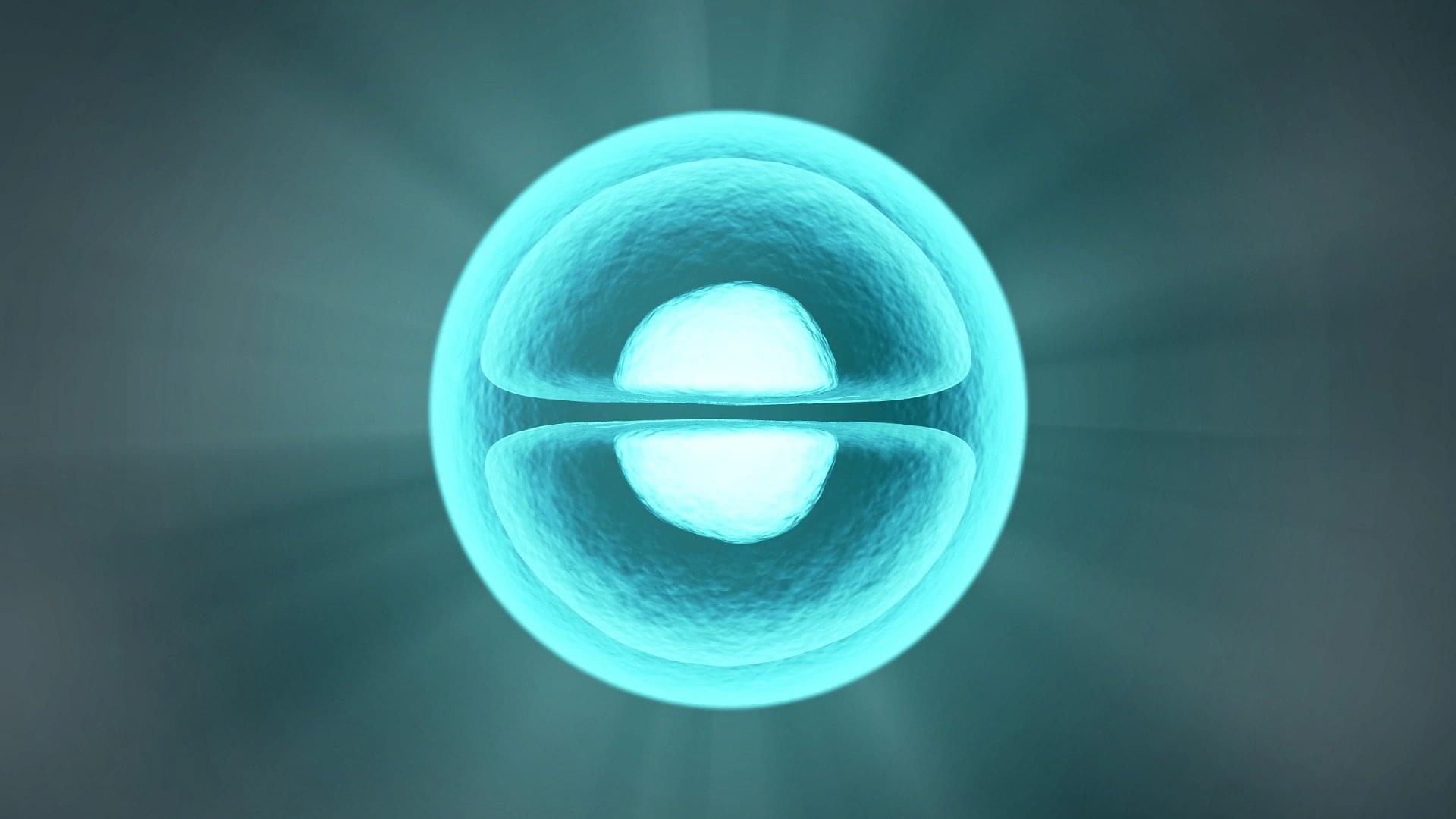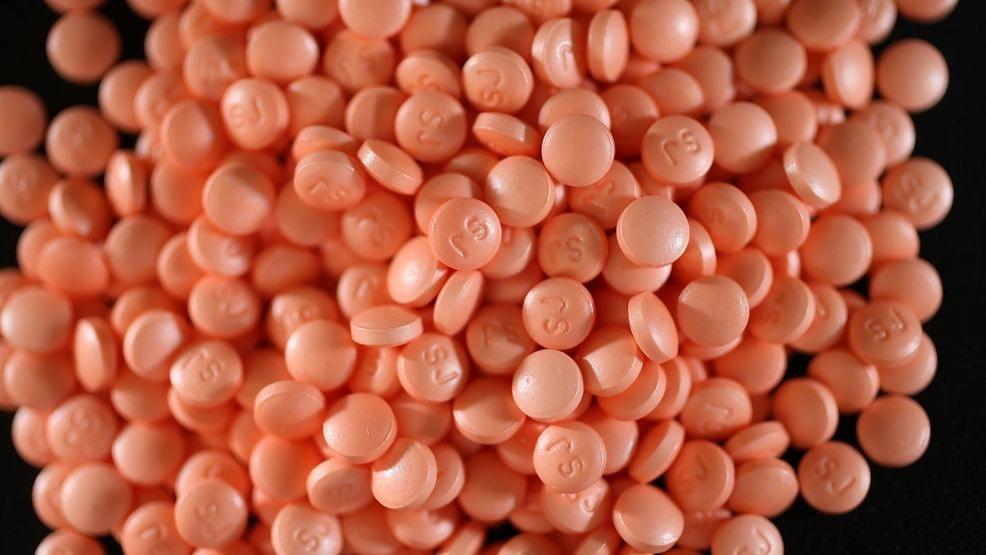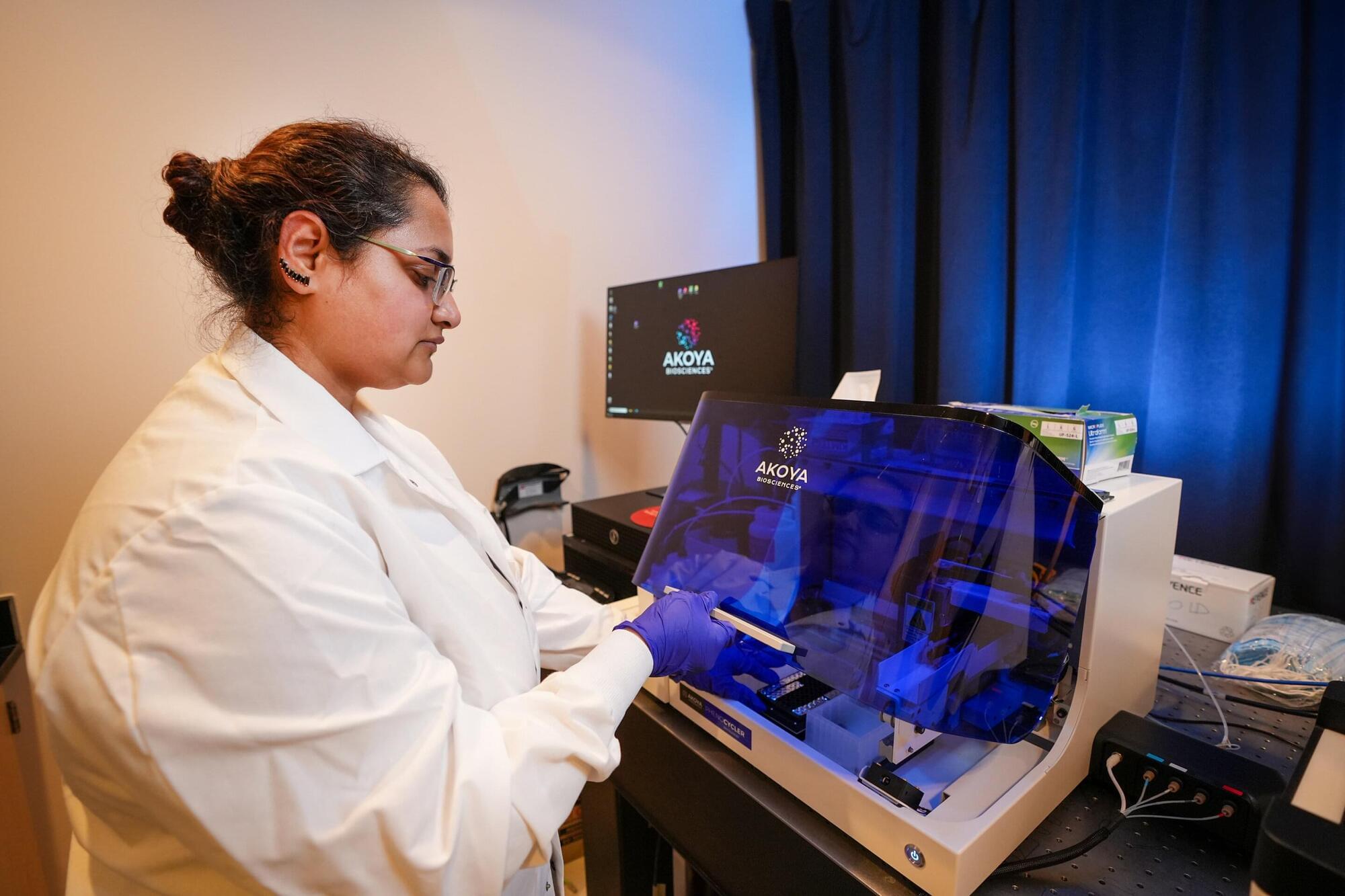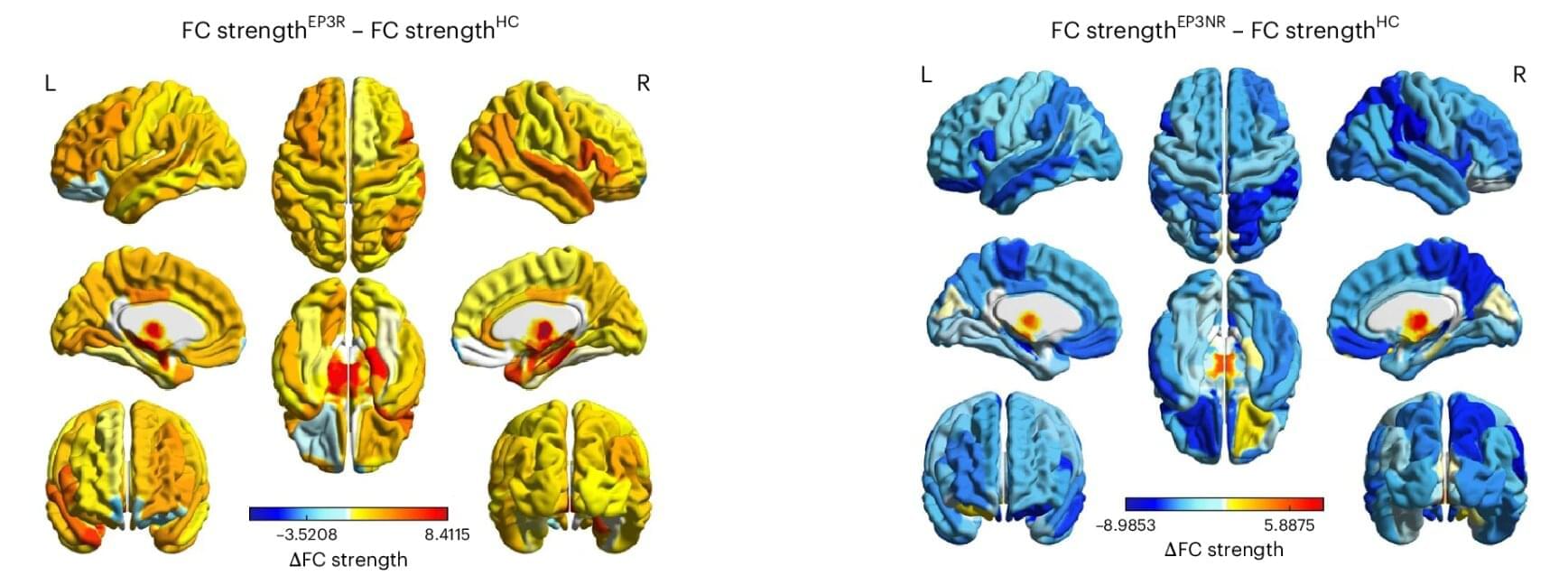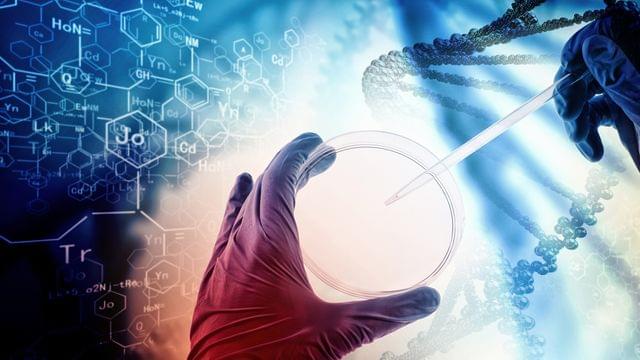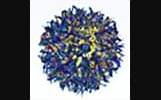In a new study, researchers from the University of Copenhagen have successfully created stem cells that are better at developing into other cell types, like a younger, fitter version of themselves—by changing their diet. These stem cells are better than normal stem cells at creating specialized cells like liver, skin or nerve cells, which is a core trait of stem cells.
The study, “Altering metabolism programs cell identity via NAD+-dependent deacetylation” has been published in The EMBO Journal.
“We show that by changing their diet, the stem cells can rejuvenate and turn into ‘super stem cells.’ It forces them to metabolize their energy in a different way than they normally would, and that process essentially reprograms the stem cells,” says first author Robert Bone, Assistant Professor at the Novo Nordisk Foundation Center for Stem Cell Medicine, also known as reNEW.
